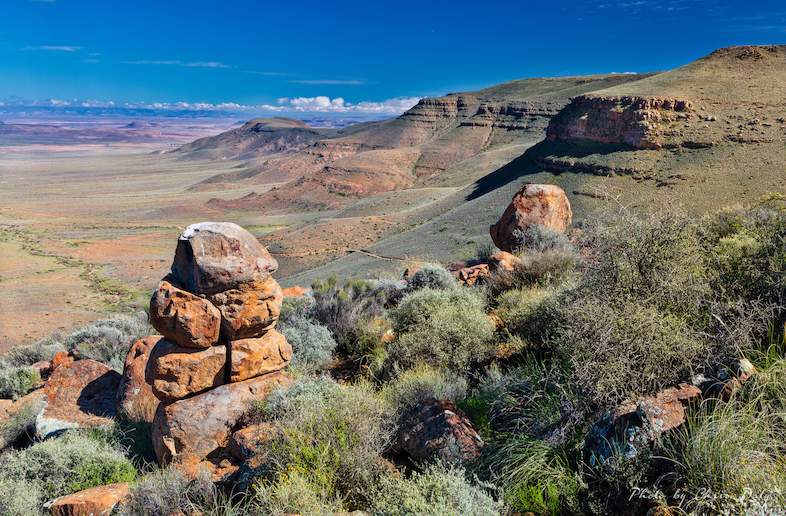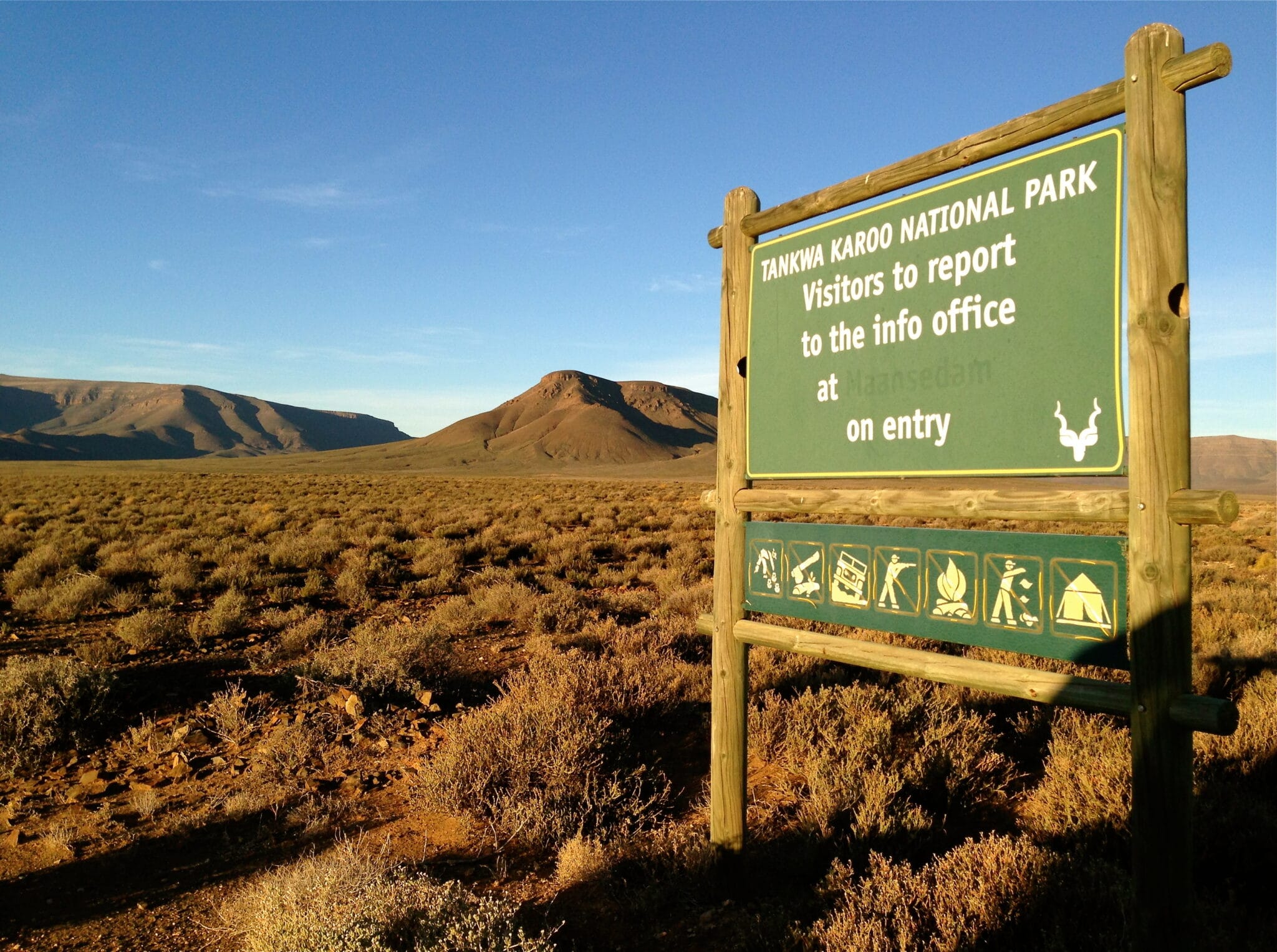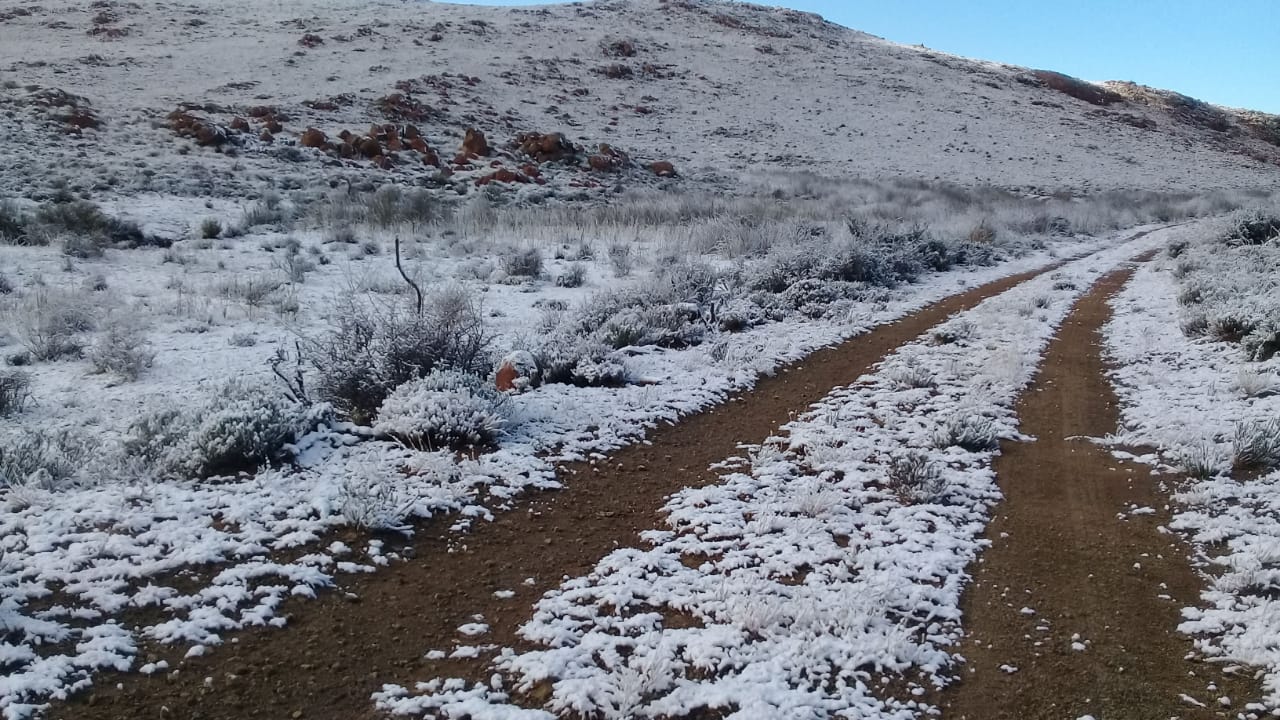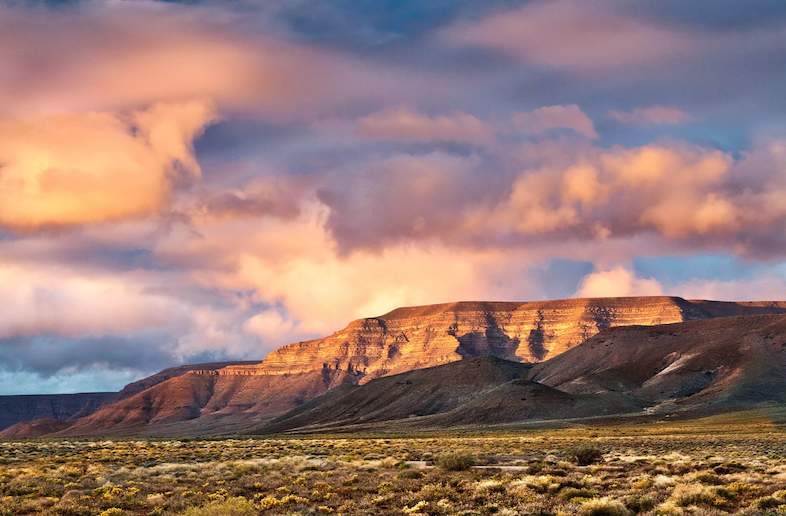TANKWA KAROO NATIONAL PARK
Tankwa Karoo National Park is a relatively new addition to South Africa’s national park system, and it was officially established in 1986. It is situated in the arid Tankwa Karoo region of the Northern Cape Province, covering an area of approximately 143,600 hectares (356,000 acres). The park was created to help protect the unique and fragile ecosystems found in this semi-desert region. The history of the Tankwa Karoo area dates back to the indigenous San people, who inhabited the region for thousands of years, leaving behind rock art and other archaeological evidence. European settlers began moving into the area in the 18th century, bringing with them agriculture and livestock farming. Over time, the landscape was transformed by farming, but the harsh conditions and arid climate of the Tankwa Karoo made agriculture challenging.
In the mid-20th century, conservationists and environmentalists recognized the need to protect the unique biodiversity and landscapes of the Tankwa Karoo. As a result, the Tankwa Karoo National Park was established with the primary goal of preserving the natural beauty and ecological significance of the area. The park’s establishment was also a response to the growing threat of habitat degradation, overgrazing, and unsustainable land use practices in the region.
WHERE DOES TANKWA KAROO FIT INTO SOUTH AFRICA ADVENTURE
Tankwa Karoo National Park View.

The park offers a sanctuary for a wide range of flora and fauna adapted to arid conditions, including many endemic species. It has become a destination for nature enthusiasts, researchers, and tourists interested in experiencing the stark beauty of the Karoo and its unique ecosystems.
Today, Tankwa Karoo National Park is known for its stark, arid landscapes, dramatic rock formations, and stargazing opportunities, as it is part of the Gannaga Plateau, which is recognized as an International Dark Sky Sanctuary. The park also hosts various events, such as the annual Afrika Burn festival, which draws participants from around the world to create art installations in the desert landscape.
WHAT ARE THE SAFARI ACTIVITIES IN THE PARK
The Tankwa Karoo is a semi-arid region in South Africa known for its stark and rugged landscapes, making it a unique destination for safari activities. While it may not offer the traditional Big Five safaris you find in some other parts of Africa, it does provide opportunities for a different kind of wildlife and outdoor experience. Here are some safari activities you can enjoy in the Tankwa Karoo:
Bird Watching: The Tankwa Karoo is home to a variety of bird species, including raptors, waterbirds, and desert-adapted birds. Birdwatchers can enjoy spotting species like the Black Harrier, Ludwig’s Bustard, and various larks and chats.

Stargazing: The region is known for its incredibly dark skies, making it a fantastic place for stargazing. You can set up camp in one of the area’s campsites or accommodations and enjoy the night sky in all its glory.

Game Drives: While you won’t find the Big Five here, the Tankwa Karoo offers the opportunity to spot unique wildlife like meerkats, springbok, and other smaller mammals. Game drives can be organized with local guides who know the area well.

Hiking and Nature Walks: The Tankwa Karoo offers various hiking trails, allowing you to explore the unique flora and fauna of the region, as well as take in its stunning landscapes. The rugged terrain and rocky outcrops provide excellent opportunities for adventure seekers.

Off-Roading and 4×4 Trails.

The Tankwa Karoo is a great place for off-roading enthusiasts. The area features a network of dirt roads and 4×4 trails that can take you deep into the wilderness, providing a sense of isolation and adventure.
Photographic Safaris.

The unique and dramatic landscapes of the Tankwa Karoo make it a great place for photographers. You can capture the beauty of the arid landscapes, wildlife, and the night sky.
Cultural Experiences.
 The Tankwa Karoo is not just about nature; it also has a rich cultural history. You can explore local communities and learn about the indigenous people who have lived in the area for generations.
The Tankwa Karoo is not just about nature; it also has a rich cultural history. You can explore local communities and learn about the indigenous people who have lived in the area for generations.
Botanical Exploration.
 The Tankwa Karoo is known for its unique desert vegetation, including succulents and other drought-resistant plants. Botanists and plant enthusiasts will find plenty to discover and study.
The Tankwa Karoo is known for its unique desert vegetation, including succulents and other drought-resistant plants. Botanists and plant enthusiasts will find plenty to discover and study.
BEST TIME TO VISIT THE PARK
The best time to visit the Tankwa Karoo in South Africa depends on your preferences and what you want to experience. The Tankwa Karoo has a semi-arid climate with hot summers and cold winters. Here are some considerations for each season:
Autumn (March to May): This is a popular time to visit because the temperatures are milder, and the landscape may still have some greenery from the rainy season. The weather is generally pleasant, making it a good time for outdoor activities like hiking and stargazing.

Spring (September to November): Spring is another favorable time to visit. The weather is warming up, and wildflowers start to bloom, creating a colorful and picturesque landscape. The wildflower displays can be particularly stunning in September.

Winter (June to August).

Summer (December to February).

Summers in the Tankwa Karoo can be scorching hot, with daytime temperatures frequently exceeding 90°F (32°C) or more. This can make outdoor activities uncomfortable during the day, but it’s still possible to enjoy stargazing and other activities in the cooler evenings.
Ultimately, the best time to visit the Tankwa Karoo depends on your tolerance for heat or cold and what activities you want to pursue. If you’re interested in wildflowers, consider visiting in spring. If stargazing is your primary goal, the winter months are ideal. For more temperate weather and a balance of activities, autumn or spring are recommended. Remember to check the local weather forecast before planning your trip.

